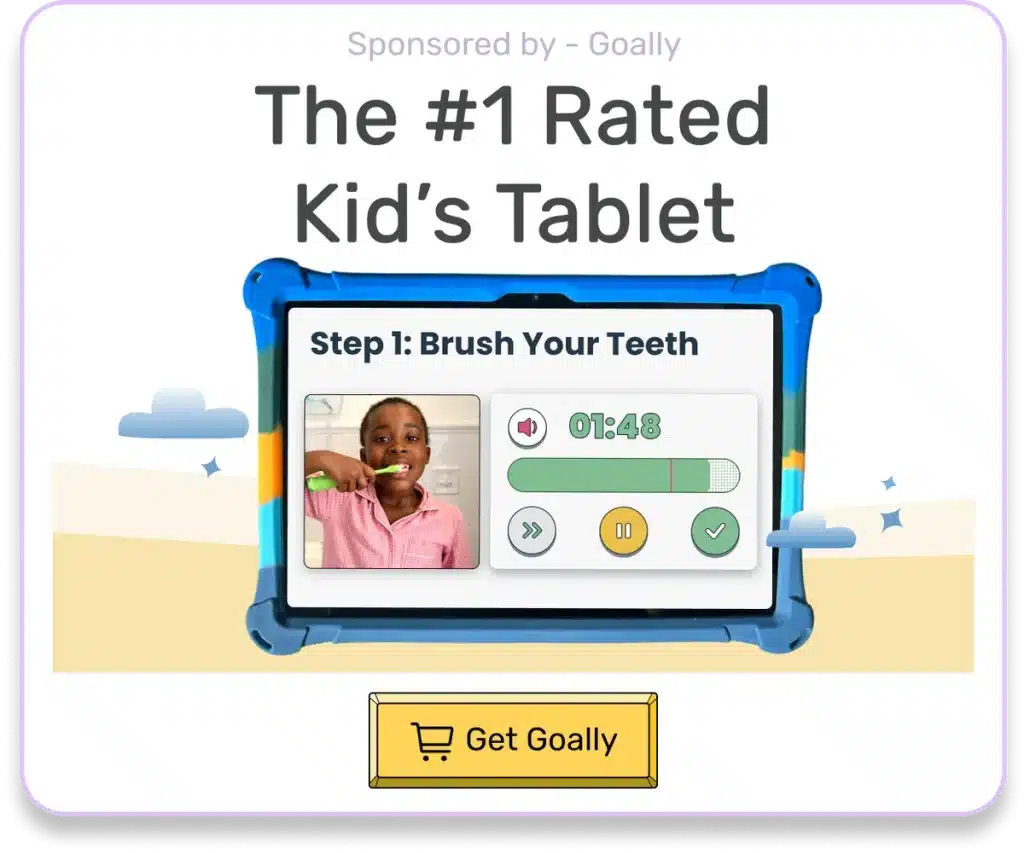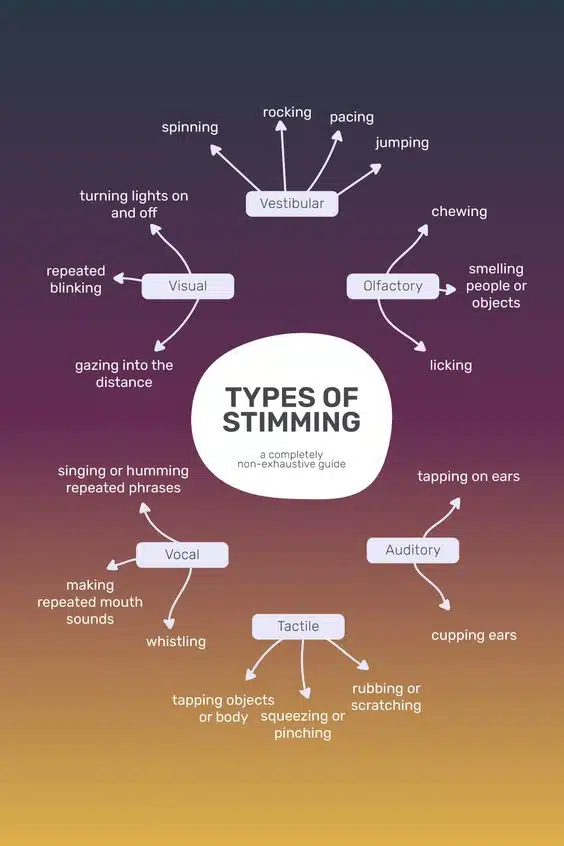As a parent, you may have observed your child engaging in repetitive behaviors like foot tapping or hand fidgeting. This might lead you to ask, “What is an example of ADHD stimming?” In this blog post, we’ll explore the fascinating world of stimming in kids with ADHD, helping you gain a deeper understanding of this common behavior and offering guidance on how to support your child effectively.
Table of Contents
Demystifying Stimming
Stimming, short for self-stimulatory behavior, is a repetitive action that helps individuals self-regulate their emotions, cope with stress, or maintain focus. While stimming is often associated with autism, it’s essential to recognize that kids with ADHD and other neurodivergent conditions can also engage in stimming behaviors.
So, what is an example of ADHD stimming? Here are some common examples:
- Hand flapping
- Foot tapping
- Finger drumming
- Twirling hair
- Rocking back and forth
- Humming or making repetitive noises
- Fidgeting with objects, such as pens or stress balls

The Purpose of Stimming in Kids with ADHD
Stimming can serve various purposes for kids with ADHD. Some of the primary reasons include:
- Self-regulation: Stimming can help kids manage their emotions, particularly when they feel overwhelmed or overstimulated.
- Focus and attention: Engaging in repetitive behaviors can help kids with ADHD maintain focus on a task or conversation.
- Stress relief: Stimming can provide a sense of comfort and relief from stress or anxiety.

Read more: What Does Stimming Mean?
Understanding the reasons behind your child’s stimming can help you better support them and provide appropriate tools or strategies.
When to Seek Help
While stimming is a natural behavior for many neurodivergent kids, it’s essential to monitor the frequency and intensity of these actions.
Parents should consider seeking professional guidance if their child’s stimming:
- Interferes with daily activities or social interactions
- Causes physical harm to themselves or others
- Seems to be increasing in frequency or intensity
Consulting with a healthcare professional can help address any underlying concerns and provide tailored support for your child.

Read more: Fidget Toys for ADHD | Do They Help?
Supporting Your Child’s Stimming
As a parent, it’s crucial to understand and support your child’s stimming behaviors.
Here are some strategies to help:
- Empathy and understanding: Recognize that stimming is a natural coping mechanism for your child and validate their feelings.
- Provide alternatives: Offer an alternative, safer stimming options, such as fidget toys or sensory tools, if your child’s current behaviors pose a risk.
- Encourage self-awareness: Help your child recognize when they’re stimming and teach them to identify their triggers.
- Establish routines: Create a structured daily routine to minimize stress and anxiety, which can contribute to stimming behaviors.
- Seek professional support: Consult with a healthcare professional or therapist for guidance on managing stimming behaviors and addressing any underlying concerns.
Goally offers a range of tools and resources to help parents support their neurodivergent kids, including learning tablets and apps designed specifically for kids with thinking and learning differences.
Try Goally For Your Child With ADHD
Goally helps kids with ADHD stay focused and build skills. Unlike a Kindle or an iPad that kids get easily distracted on, Goally has no YouTube, no social media, no web browser, and especially no ads.
Goally uses game play as a points-based motivator for your kiddo with ADHD and helps them learn emotional regulation skills. It’s simple to set up and has an expert-informed design.

Wrapping Up: ADHD Stimming
Now that you know the answer to “What is an example of ADHD stimming?”, it’s time to put that knowledge into action. As a parent, it’s essential to recognize that stimming is a natural behavior for many neurodivergent kids, including those with ADHD. By offering empathy, understanding, and support, you can help your child manage their stimming behaviors and thrive in their daily lives. Remember, every child is unique, and what works for one may not work for another. Stay patient, and don’t hesitate to seek professional guidance if needed. Goally is here to support you and your child on this journey.
FAQ’s About ADHD Stimming
What is ADHD stimming?
ADHD stimming refers to repetitive behaviors or movements that individuals with ADHD engage in to help regulate their emotions, focus, or cope with sensory overload.
What are some common examples of ADHD stimming?
Common examples of ADHD stimming include fidgeting, tapping, rocking, pacing, humming, and repeating words or phrases.
Is ADHD stimming harmful?
ADHD stimming is generally not harmful and can actually help individuals with ADHD manage their symptoms, but it may be disruptive to others in some situations.
How can parents help their child with ADHD manage stimming behaviors?
Parents can help their child with ADHD manage stimming behaviors by providing alternative sensory items, creating designated stimming spaces, and teaching self-regulation techniques.
Can ADHD stimming be reduced or stopped?
While ADHD stimming can be managed, it is not always necessary or recommended to stop it completely, as it serves a purpose for the individual and can be a helpful coping mechanism.
This post was originally published on 05/08/2023. It was updated on 4/30/2024.

Goally
We help parents teach their kids life skills, like doing bedtime and morning independently. Backed by science, we incorporate evidence-based practices and expert-informed designs in all of our apps and content.






